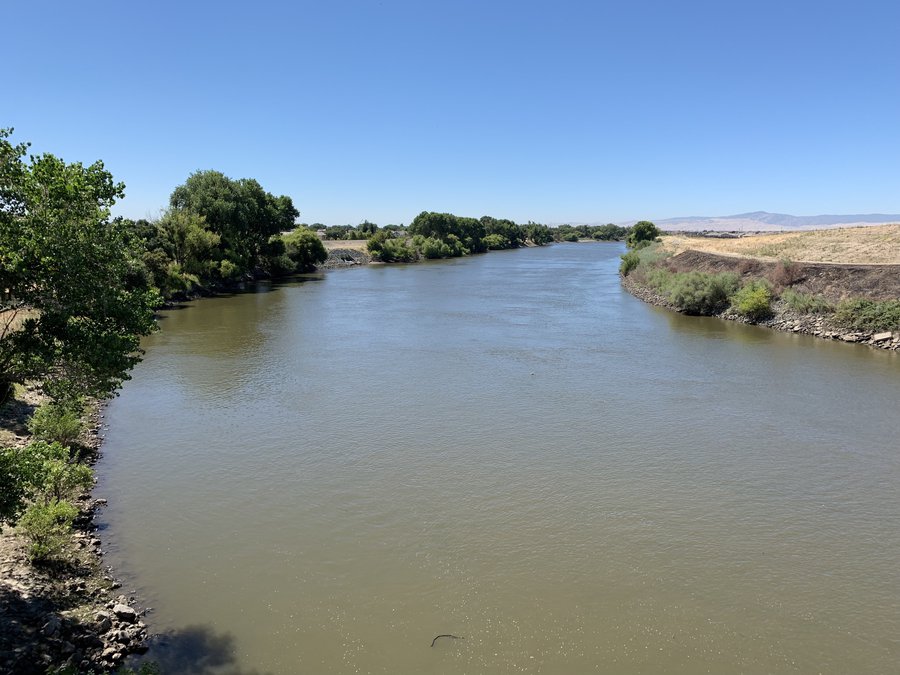While elected officials in Sacramento work to secure funding to ensure that the levees along the San Joaquin River are reinforced to be able to withstand a 200-year flood, the City of Lathrop has been performing the work necessary to continue development within the floodplain while that work is completed.
While the main levees that protect the new development on the west side of I-5 has been the focus of RD-17 and the City of Lathrop — a levee break in that area during a 200-year event could potentially flood the entire city — the levees in River Islands that haven’t already received certification for a 200-year urban level of flood protection have met the adequate progress criteria that will allow development to continue in that area for another year.
Ultimately, the City of Lathrop is looking to achieve the ULOP standard for River Islands—which is reclamation district 2062 — by 2025.
While levees that protect the majority of the city from a 100-year flood event have been reinforced in recent years and tested within the last three when the San Joaquin River swelled to put pressure on the levee in a way that hadn’t happened for a decade — even breaking a levee at a point in South Manteca that was repaired by farmers who happened to be nearby — the move to certify every mile of levee with the ULOP standard has proved to be a costly endeavor.
The total cost of overhauling the levee that protects Lathrop has varied, but just the engineering work necessary to earn the finding of adequate progress — which allows the city to continue to issue building and occupancy permits for property within the flood plain — has cost Lathrop millions.
The city has received financial backing from a number of developers that don’t want to see development stop until the costly repairs are made, and the City of Manteca — facing a similar circumstance — has partnered with Lathrop on some of the engineering work for property that impacts both city’s long-term plans.
Mandated by the State of California, SB5 — the bill that requires the enhanced flood protection — was approved in 2007 and doubled FEMA’s requirement for 100-year levee protection to protect against widespread flooding that was last seen in this area more than 20 years ago in 1997. In that year, a warm late spring storm melted a record snowpack and overwhelmed dam operators, forcing them open emergency spillways on dams and force a huge amount of water down the Tuolumne and Stanislaus Rivers. The levees downstream could not hold the amount of water, and multiple breaks – including several in South Manteca — led to hundreds of millions of dollars in damages that devastated the South County’s ag industry.
Because RD-2062 is unique specifically for River Islands and the development made headlines for strengthening a number of the main levees around the development before the first homes were ever built, the requirement for a finding of adequate progress came later than the longer, more exposed RD-17 levee system.
To contact reporter Jason Campbell email jcampbell@mantecabulletin.com or call 209.249.3544.





